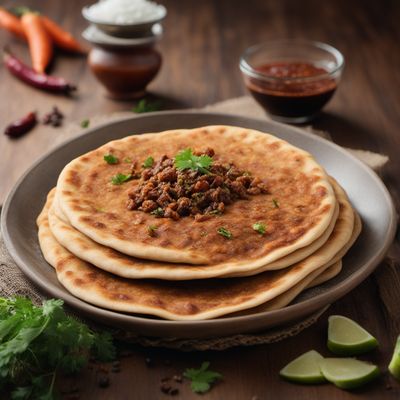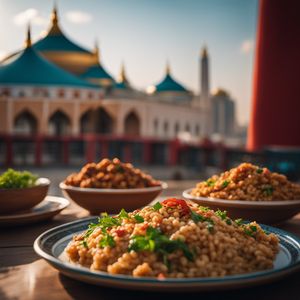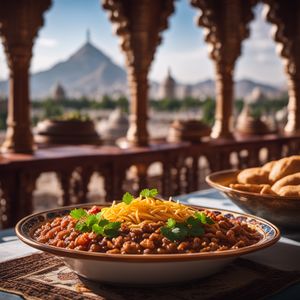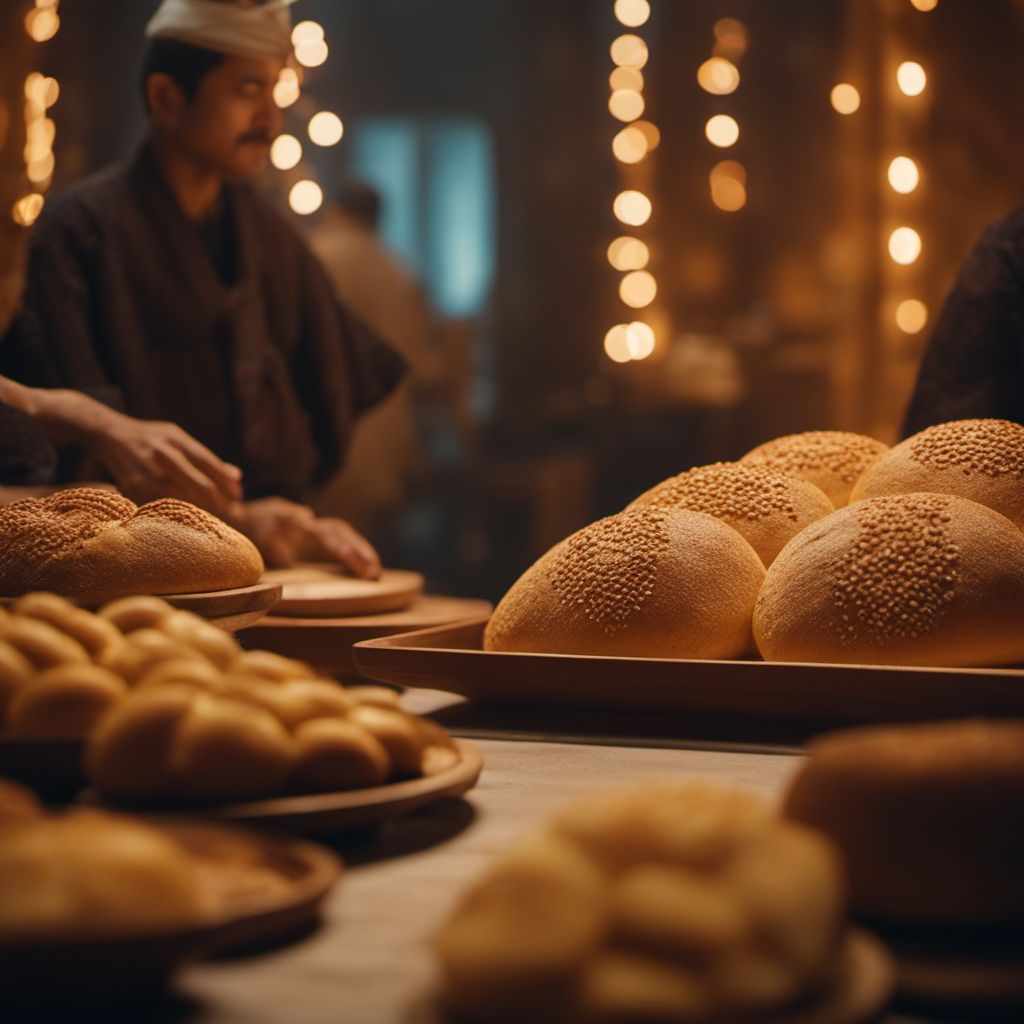
Dish
Samarkand non
Samarkand bread
Samarkand non is made from flour, water, yeast, and salt. It is often topped with sesame seeds or nigella seeds for added flavor and texture. The bread is typically served warm and is a staple food in Uzbek cuisine.
Origins and history
The origins of Samarkand non can be traced back to ancient Uzbekistan, where it was first made using wild yeast and grain. Over time, the bread became a staple food in Uzbek cuisine and is often served with meals such as plov or shashlik.
Dietary considerations
Samarkand non is a good source of carbohydrates and fiber, but may not be suitable for those with gluten intolerance or celiac disease.
Variations
There are many variations of non, with different types of flour and toppings used depending on the region or occasion. Some popular types of non include obi non, which is a round bread with a raised center, and patyr non, which is a layered bread.
Presentation and garnishing
Samarkand non is typically presented as a whole round loaf, with the sesame or nigella seeds arranged in a visually appealing way on top of the bread. The bread may be sliced or torn before serving.
Tips & Tricks
To make Samarkand non at home, try using a recipe that uses a tandoor oven or a pizza stone to achieve the traditional texture and flavor. Experiment with different types of flour and toppings to create your own customized version.
Side-dishes
Samarkand non is often served with a variety of dishes such as soups, stews, or grilled meats. It is also commonly used as a base for sandwiches or toast.
Drink pairings
Samarkand non pairs well with a variety of drinks such as tea, kefir, or ayran. Some popular options include green tea, black tea, or yogurt drinks.
Delicious Samarkand non recipes
More dishes from this category... Browse all »
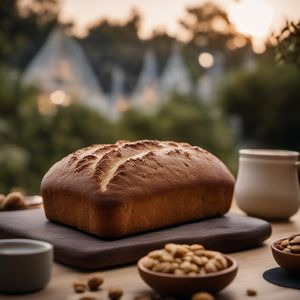
Acorn Bread
Native American cuisine
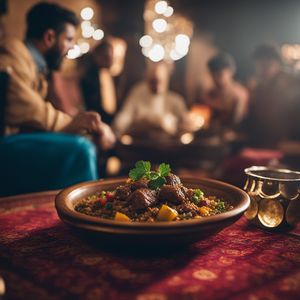
Alkubus
Moroccan cuisine
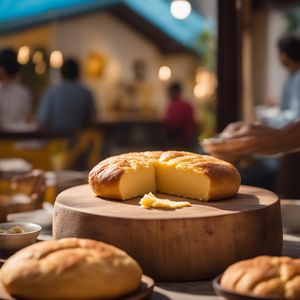
Almojábana
Colombian cuisine

Anadama Bread
American cuisine

Antiguan Butter Bread
Antiguan cuisine
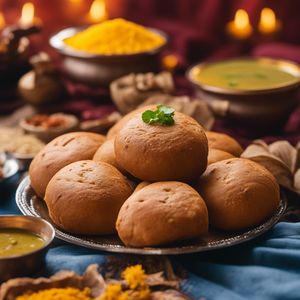
Baati
Indian cuisine

Babà rustico
Italian cuisine

Baguette
French cuisine

